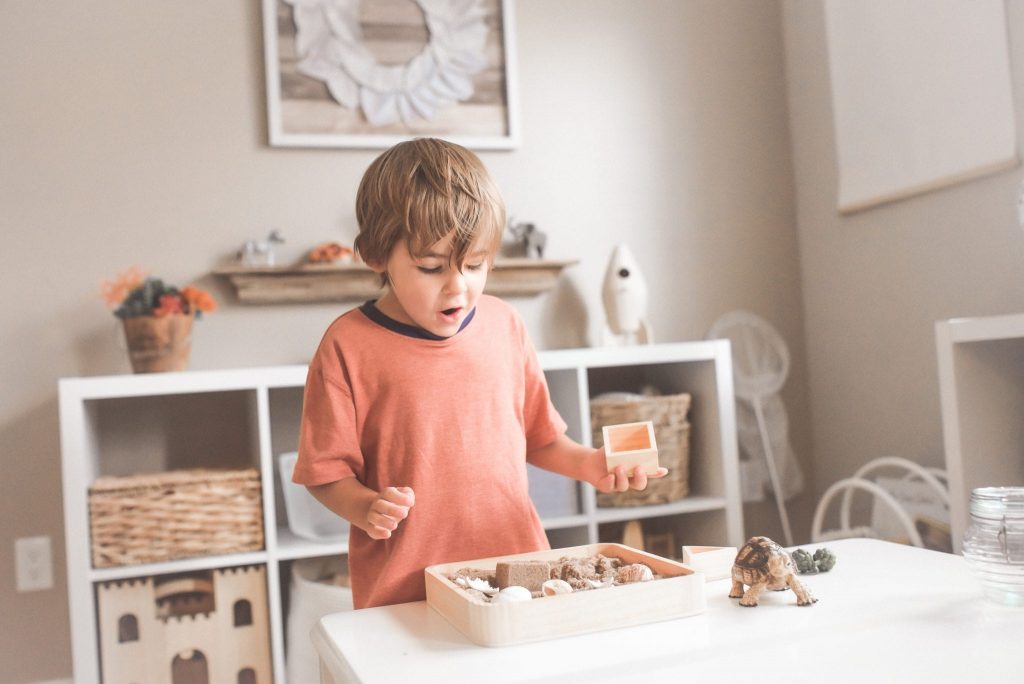
Children’s rooms are usually quite compact. It is important to properly zone the room so that the child has enough space for games, recreation, and study.
Zoning
The children’s room has three main areas:
- child resting area,
- a studying area
- area for playing.
Some parents make a separate storage area, but often children’s rooms are quite compact, so it makes no sense to divide the space into more than three parts. Therefore, the storage area can be placed in the resting area.
If you do not want the toys to be scattered throughout the apartment, keep in mind that the child needs a lot of space for games.
Ergonomics
When planning a children’s room, you need to understand how many years you are going to live in this apartment. This will help to potentially consider what stages of the child’s life will take place in this room. If you are going to live in this apartment until the child is 16 years old, you need to take this into account in the design.
When designing a baby’s room, be sure to think about the organization of space for the teenager.
This also applies to the electricity in the room. A small child does not need to have a plug and a switch by the bed, but a teenager will need a plug by the bed.
It is better to make the space of the children’s room as to free as possible and not to clutter it with furniture. Many different furniture, firstly, put pressure on the child, and secondly, create a traumatic space. In addition, it is not compositionally attractive.
The ideal option is to place a table in front of the window. This way the workplace will be very well lit and there will be no contrasting shadows.
Floor
It does not matter what color the floor, the main thing is that it was the same color throughout the room.
Colors
It is recommended to make a solid color scheme in your home so that the colors in the children’s room were as close as possible to the overall color scheme of the room. This does not cut it off from the overall concept.
It is better to paint the walls than to glue the wallpaper.
When the child is a baby, it is better to paint the walls in neutral colors. Then you can just repaint them in a color that your older child likes. It’s much easier than gluing wallpaper.
If you want to add color to a child’s room, choose a lamp, organizers, or carpet of accent color.
Furniture
If you are making a room for a little child, do not buy a lot of furniture, especially expensive, because children grow quickly and the furniture will have to be changed. When designing a child’s room, consider the stages of the child’s life.
Leave plenty of free space that can be filled when the child grows up. For example, when you put a cradle, keep in mind that in the future you will need more space for the bed.
Lighting
From the point of view of the composition, there are three groups of lighting:
- general lighting on the ceiling,
- additional lighting on the wall,
- lighting near the workplace (table work lamp or floor lamp).
It is not necessary to do only one general lighting. Install a bedside lamp that can be turned on at bedtime when you read a story to a child or at night, instead of turning on the ceiling light.
In children’s rooms, it is important to create light for several scenarios: study, rest, and games.
Picture Credit: Unsplash



